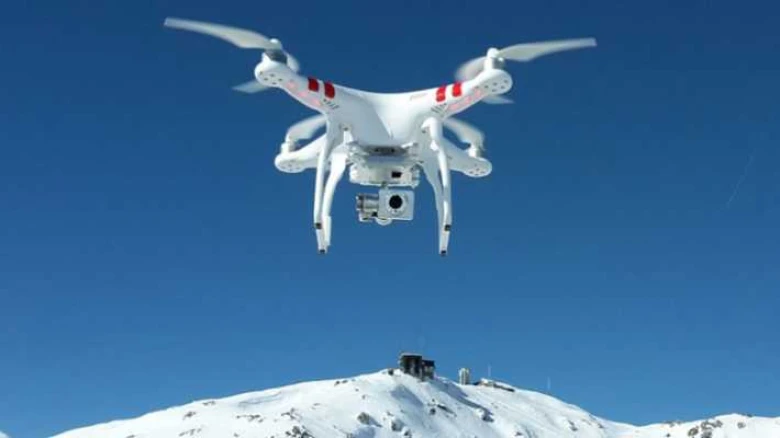National

Digital Desk: India plans to use drones to collect atmospheric
data, which is currently collected by sending sensors via weather balloons
released twice daily from at least 55 places across the country.
As the hydrogen-filled weather balloon climbs to a height of 12
km, sensors placed in a radiosonde, a telemetry instrument carried by a weather
balloon, record atmospheric pressure, temperature, wind direction, and speed
and communicate data to a ground receiver through radio waves.
Weather balloons and radiosondes, on the other hand, are
unrecoverable since they drift far away from the weather stations that release
them into the atmosphere.
"We're now looking into deploying drones to collect this
atmospheric data, which is critical for weather forecasting," M
Ravichandran, Secretary, Ministry of Earth Sciences, said.
Several research have shown that specialised drones equipped
with weather sensors could be a viable replacement for standard weather
balloons.
The India Meteorological Department (IMD) collects
meteorological data from 550 places across the country via weather stations and
uses radiosonde observations to generate weather forecasts, which are
subsequently incorporated into forecasting models.
Drones offer a significant advantage over weather balloons in
that they can be controlled and guided to fly at low or high altitudes. The IMD
intends to collect data from up to five kilometres altitude using drones and
compare it to data collected using regular weather balloons.
It has asked industry and academia to participate in a
demonstration of drone technology's capabilities for weather observation.
"It is expected that drones should be capable, economically
feasible, easily deployable and recoverable and should be technically
comparable or superior to currently deployed radiosondes for upper air
observations up to the boundary layer of upper air atmosphere," the
weather office said.
Leave A Comment